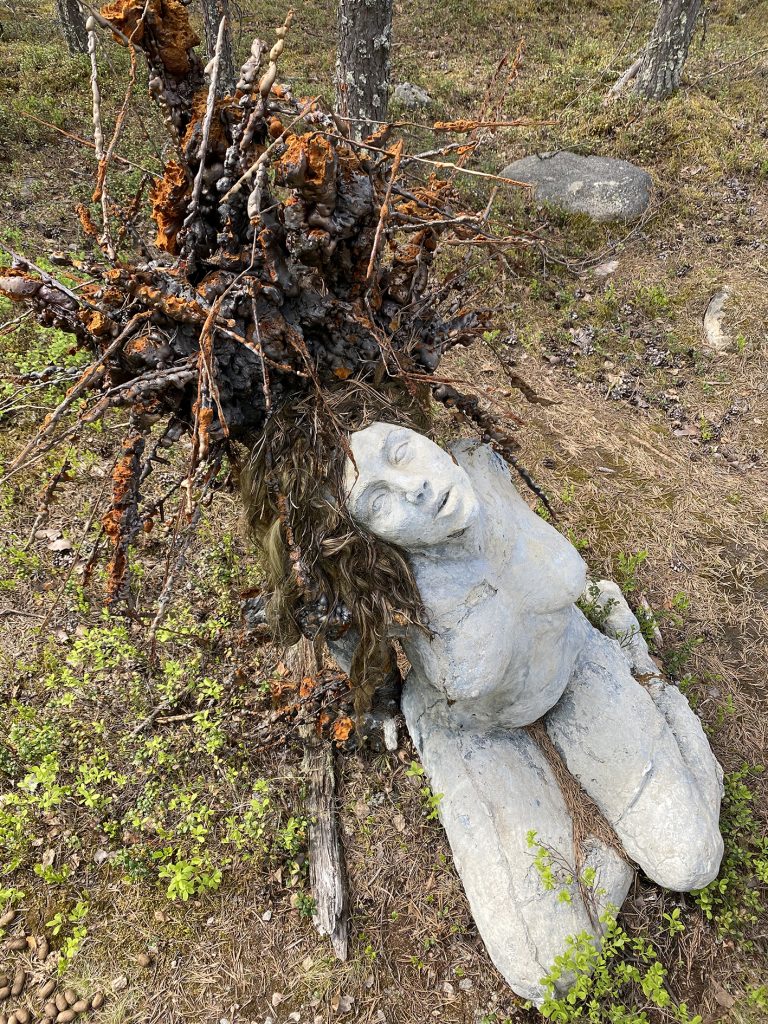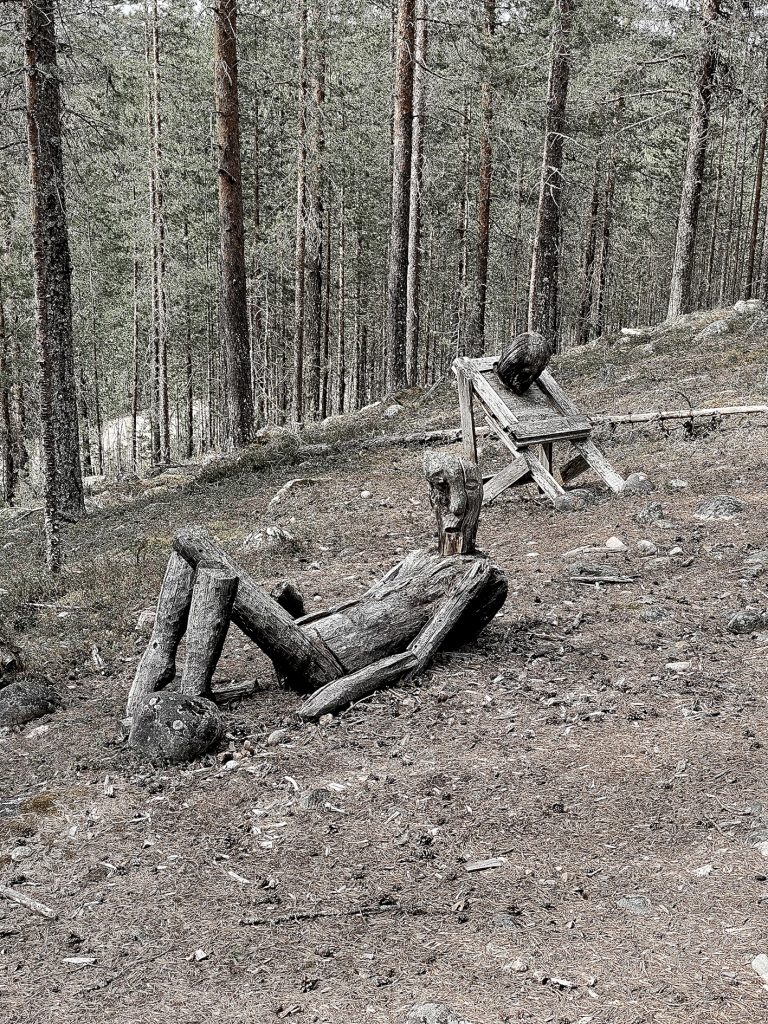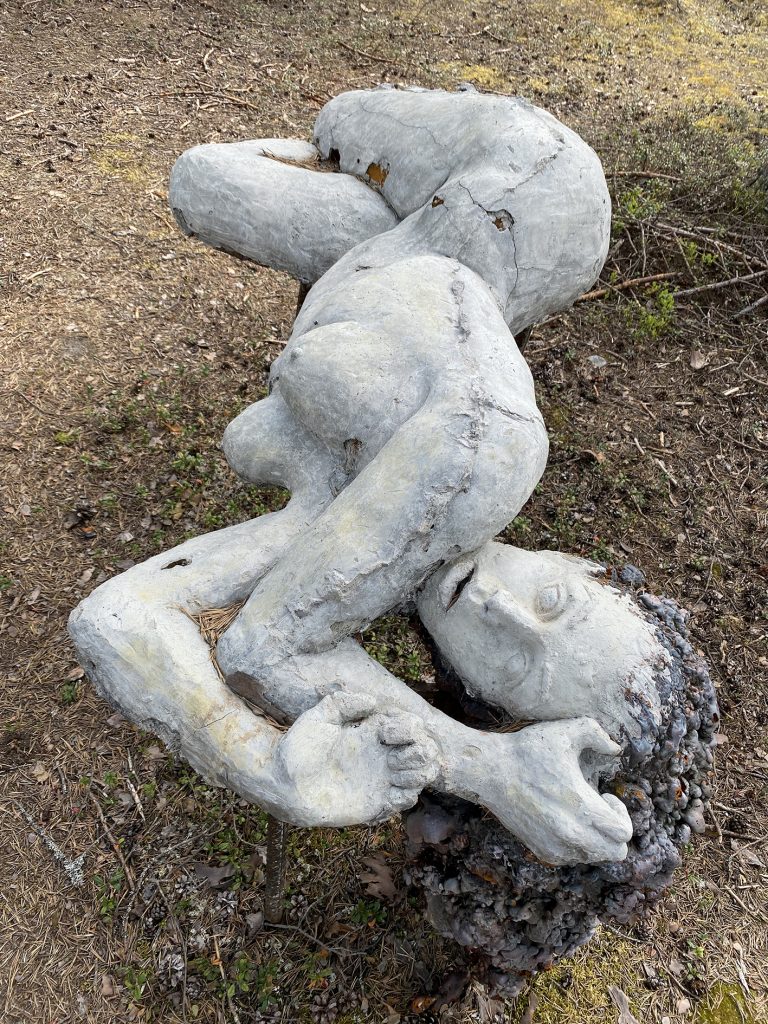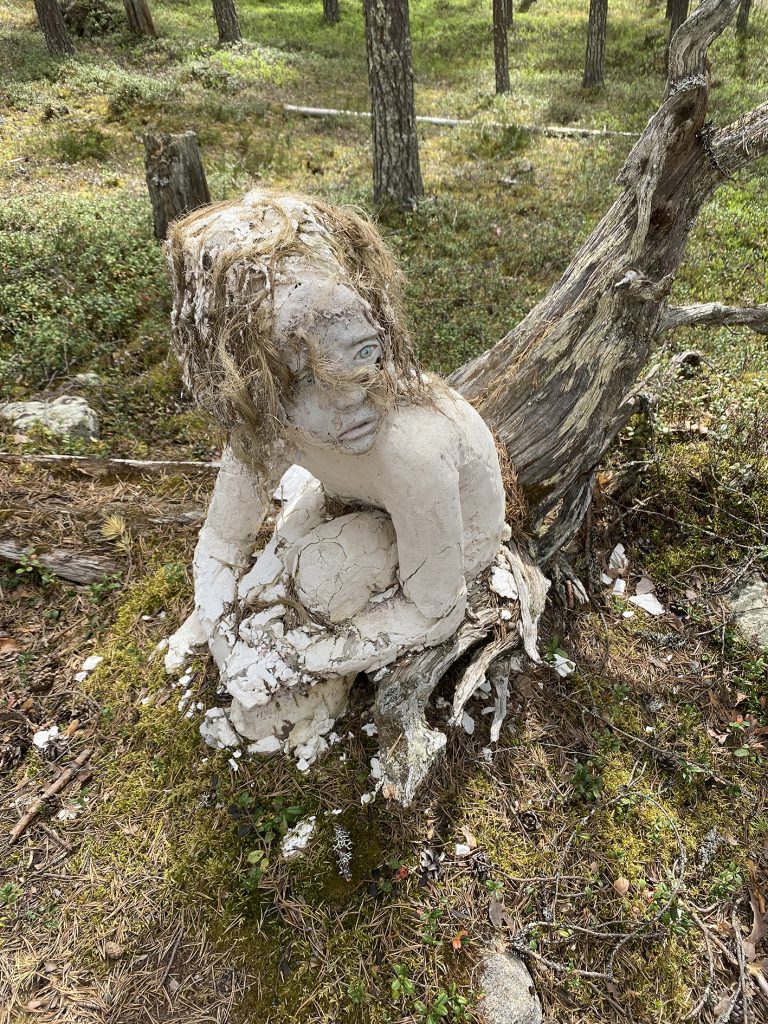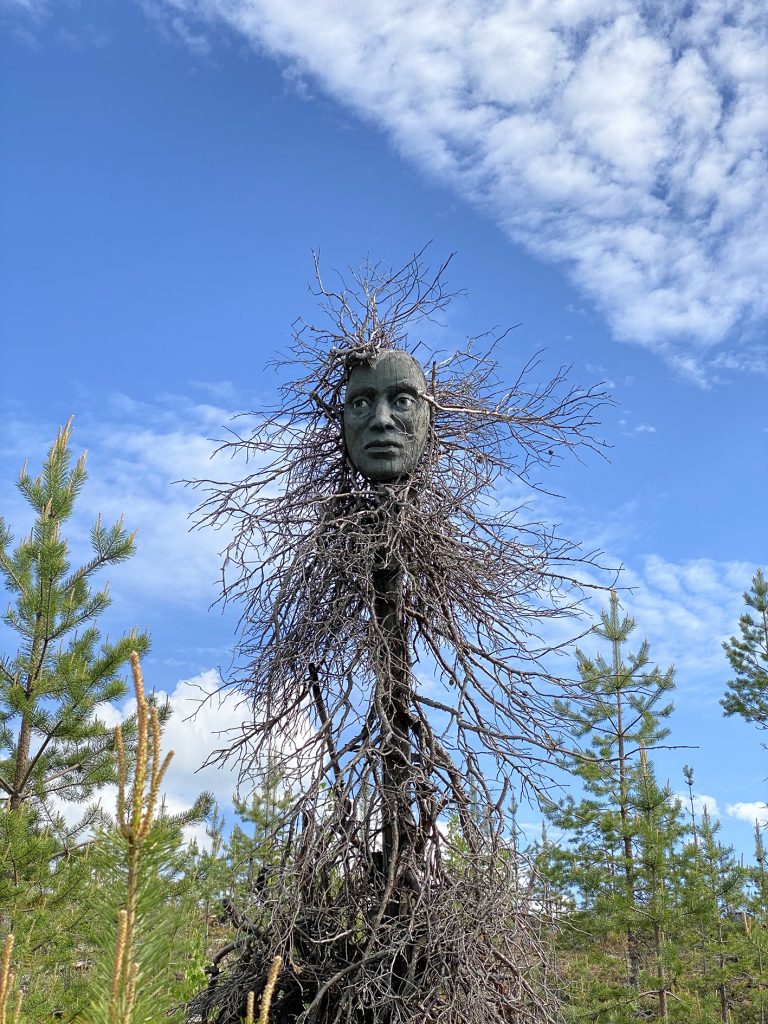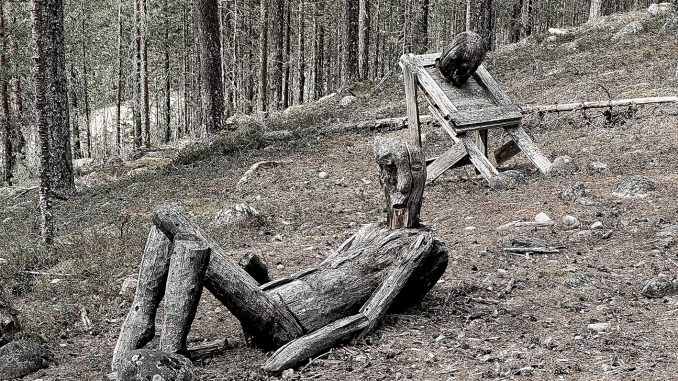
By: Mikko A.
Debut issue of The Trapartisan Review edited by Carl Abrahamsson is, as he puts it: Compilation of contemporary and international painters, writers, photographers, poets, performance- and collage artists, etc, jointly assembling a strong and elegant bouquet of timeless expressions for your pleasure and inspiration.
In the editorial Abrahamsson explains his view on term outsider art. Usually this refers to fact that many of artists in question would not be appreciated as part of institutionalized art scene, but he feels there are other options. When reading what he says, to me it seems that he would appear to be critical mostly for that in era of over-contextualized art, it often leads into semi-automatic criticism.
What many artists here presents, their position may be generally described as outsider art, while Abrahamsson explains it to be exact opposite. We should rather talk of insider art, as creations that this type of artists make are their most intimate personal urges. Something born inside and something that must be done, regardless of how it is viewed by institutions or accepted in world of art.
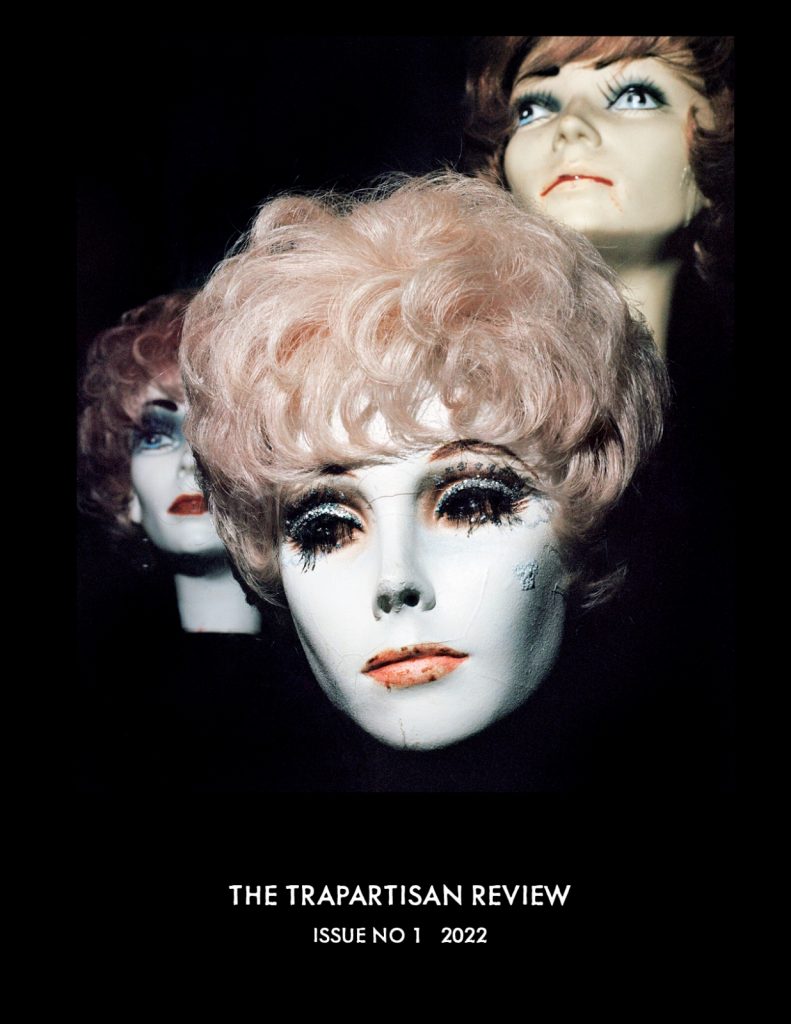
I have often talked about how noise could be more than it seems to be. Of course there is wide variety of approaches. It also depends what all we accept under expressions of experimental noise. It is been often discussion among peers how reducing industrial-noise to its supposed ultimate core of abrasive sound, often reveals that the actual spirit of noise was lost in process of purification. That there is something else, than the mere expression of sound, that is the heart of noise.
One could perhaps look the terms just like Abrahamsson did. What if things that are actually considered or seen as normal, kind of institutionalized expressions of pure noise, should be observe a bit more. That maybe they could be vastly expanded? There co-exists wide variety of alternative approaches that one could certainly look into. Revealing how the methods of creation, performance or reasons to do things would be unwise to throw away in process of purification of noise to be something very particular. Something that can be presented and sold as noise object.
I have several times expressed that there is something that is missing from noise when streaming from bandcamp. I do not oppose this phenomena, but don’t feel like actively taking part in it. I don’t feel almost any connection to phenomena on noise, where circuit may be as simple as doing synthetic sounds on computer, uploading it to bandcamp and posting news to social media.
When path towards noise is basically reduced into not being path at all, it must have an effect to experience. We have no shortage of good noise right now, but there is lack of something. This may be purely personal dilemma. If its dilemma at all, just observation. This something has been discussed on Special Interests forum topics as well as in various texts. I don’t feel situation would be somehow miserable. Not at all. I remain inspired and convinced that there is both possibilities as well as good things happening all the time.
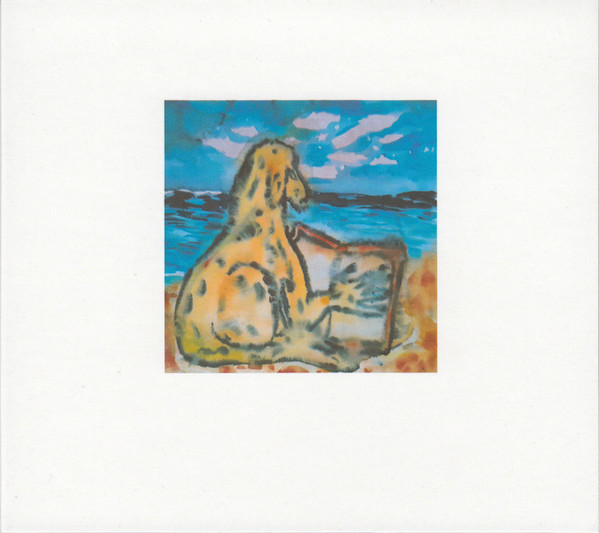
One recent CD I was captured instantly was Lau Nau ”Puutarhassa” CD (Akti Records 2022, ARPH-0006). I did not really know what to expect. Lau Nau works are very diverse and most of it can’t be really filed under noise at all. This CD is not noise in strict sense. It is experimental sound that gets very musical at times, but also can be somewhat abstract and restrained. Nevertheless, from first listening session, I was lured to push play again. Three times later I could conclude that there are moments that are challenging for my musical taste, but also making me wish – could there be harsh noise like this? How could it be made? What it would sound like? Probably dozen times more with this CD, it is not noise, but inspiring for noise.
One of my favorite harsh noise CD’s of recent years, at least the one what constantly comes to my mind, is Glacial Lake by Kjostad. It has uplifting mix of environmental sounds and crunchy crystallic harsh noise. Something that is based on field recordings and broken gear.
Lau Nau ”Puutarhassa”, that translates as ”In the Orchand” is of course far far less harsh, but when it starts with tasty tonal drones and sound of insects and… all things one associates with summer time garden. There is something that lures my mind to think about this sort of abnormal connection of modern electronic sound and natural environment.
After listening album multiple times, I decided to look into video material mentioned on digipak cover. Some parts of this album are taken from a live video performance for Frameless. Video gave another depth of this album. As opposed to a lot of field recordings, this was not field recordings taken into home studio and processed there. What we had on the video was exactly opposite: Home studio is taken to the field, and the ”field recordings” are the live element. There is physical space, physical action. Not like Lau Nau would always play the her surroundings, but it is just like art removed from white cube known as gallery, orchestra taken outside sanitized auditorium or concert hall, to some other surroundings. To me Lau Nau gives impression that instead of going into studio to make representation of life and art, this is closer to the real deal. Not just representation, but actually happening as we speak.
As simple as this feels, there is big change. Reversing the common practice through performing experimental electronics in middle of rich textures of natural world and its objects. With this CD, it is indeed rural, but it could be done in urban, industrial surroundings too.
After watching the video, you could connect moments of album into what was physically happening in the performance. Physical and ear stimulating sounds that would be quite abstract, but would turn out to be the sounds that were emerging from Lau Nau wheeling her gear in garden from location to another. Every song title would make sense, sort of describing what was being done, what was happening.
The CD is more than the video document of performance. It musically more advanced, and some of things that may demand visual element are replaced with new things on the CD with musically more advanced material. Eerie piano works, female choirs and such are not present in the Orchard live.
In The Trapartisan Review editorial, Carl Abrahamsson advocates insider art to remain in stream of beautiful flow and realm of direct, unprocessed signal. Meaning that works should be eclectic, disparate and mysterious: If there is a story in here somewhere, it will only be the one you find in your own mind. This would be in firm opposition of prevailing approach where contemporary art must often take a stand, and for currently right things. Also that we are somehow entitled to demand explanation, as opposed to try to find it in our own minds.
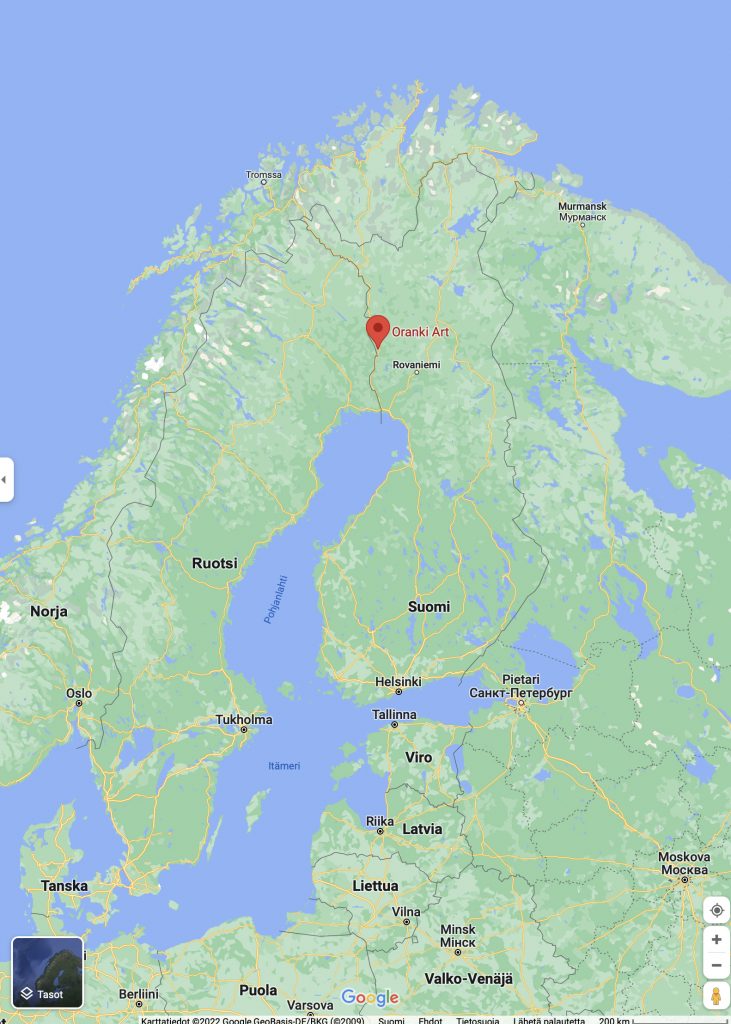
For some years, I have been travelling up north, into Finnish lapland. There is one curious location I have been visiting few times. After hours and hours of drive, in the border of Sweden and Finland, there is village or Oranki. It is part of municipality of Pello that has merely c. 3000 inhabitants. Oranki village has… well, almost none. Nevertheless, what there is, is couple decades long environmental art project called Oranki Art. Literally in middle of nowhere, after driving distant highways, turning into one car wide dirt roads of Lapland, if you know what you are looking for, you can find this place.
I have not visited this place when the worshops take place. I have always been there outside those times, when there is nobody around. All you got, is distant forest area, where pieces of art are scattered around the paths or in middle of the woods, subjected to forces of nature, year after year. Some of the works are made out of materials that can take it. Others are slowly decaying and possibly disappearing.
From my own personal perspective, I find the most interesting works to be the ones that decay. One can not fully predict what will be the result when the wild natural conditions start to mold the works that are left there.
Lau Nau’s ”Puutarhassa” has element of composed and crafted sound, but it is subject to randomness and wild chaos of ecosystem. Of course many noise fans may not be fans of birds singing and insects buzzing over creations, but I am also guessing that many art fans may not see point of leaving perfect sculpture to decay in forest, instead of being preserved and immortalized in safety of museum?
I find it quite odd, that we would accept that ideal of art would be, that some institution purchases it, and preserves it inside dark chambers, where works are ideally digged up perhaps once in couple decades, to be seen by audience of specific exhibition? Otherwise being unavailable to anyone.
In projects like Oranki Art, it is fact, that these pieces are located in place where very very few people ever go. Even if they would want to. It is just place one needs to know of, to even get idea for visit. Then have all this time it takes to get there. Have means of transportation. In my case, its been sleeping in the van, on side of dirt road, cooking breakfast in cold late spring lapland, walking around the area, seeing what’s new this year, what has happened with decaying pieces from earlier years. How some of them start to blend into surroundings. Of course, happening on route while traveling even more up north.
Oranki Art describes on their website, which is fairly minimal and only in Finnish language, that artists usually do have idea what they want to do and create. Some come into two week session without ideas, only to create based on what the surroundings offer. Others have art objects to be build there. There are mostly Finnish artists, but plenty of international ones that come over. There must be certain collective and even community aspect on this. My personality is something that is very hard to adjust into community thinking. Just like I have preferred to visit the Oranki Art when it is empty. Deserted. Isolated. Allowing just see and experience. To not see workshop taking place. Not knowing how these artists look like, perhaps not age, gender, their motivations and so on. Perhaps just like Carl Abrahamsson described in Trapartisan Review editorial: If there is a story in here somewhere, it will only be the one you find in your own mind. And my mind works in certain ways, and nude female statues rotting in forests or somehow eccentric tormented figures, nature mysticism and so on, may give me other things than artists intended. It slowly ceases to be community creation in my mind. It starts to be just integral part of surroundings.
It is just like this Lau Nau CD, where insects blend into drones, or recordings of rhythmic clatter of spokes of the wheels seems to be blending into rhythm triggered by that recording? Also that the basis of this CD, was the work she was commissioned to do. My own slightly stubborn rejection of institutions and the infra that is build around it does not make me blind for seeing how this enable some things to be born. I just hope idea that this infra is necessary or desired, should be rejected.
Getting the inspiring noise, just like experiencing something like Oranki Art (there must be plenty of something similar around the world), is not always cheapest, easiest, and most comfortable. It is path that may force one to experience more than it seemingly is. It could be described almost as ritualistic pursuit. Think of decades when Allerseelen created booklet after booklet reporting of his trips, interests in people, phenomena, artistists, architecture and art.. As part of what is Allerseelen. Intent and action, experienced beyond the banal daily routines. Taking your time to experience and investigate. Without expecting anything in particular. Accepting, that these things are not the same, if you reduce it into seeing image in instagram or hearing sound sample on bandcamp. That the work itself, is out there in the world but also within the interaction where you, as a person, can engage and commit to.
I like almost every bit of this Lau Nau CD, but there is few moments of less preferred things. Almost arpeggio type melody patterns to be heard in one song. I accept this like I accept some of works at Oranki Art being not designed to be appealing for me. Possibility to experience not only the best sides, but also moments of challenging things. Knowing that this is the part you need to walk through, to get into things you like.
When thinking what is the role of small edition Lau Nau CD, which may be sold out when you read this or Oranki Art exhibition, where most of people can not go, I think there is big point in writing about them. A lot of art is being made, without audience. It exists out there, whether you can experience it or not. To popularize it, into format that seemingly everybody would have access to it, may change the nature of entire piece. There is certain attitude of materialistic tendency that is not always easy to avoid. It is clear in collecting physical objects, but it is also in collecting experiences. Such as visiting gig of band X, may be just matter of crossing one thing on sorry ass bucket list, instead of that particular experience meaning something and spawning new things. One just ends up collecting superficial experiences, but anything that would demand investing more than it seemingly gives, can be out of question. Or looking twice, to think over the experience, may seem alien. Just like you see people concluding band X was great, but they don’t need to go to another gig as they have seen it already.
This leads me to appreciate also gigs, that one can not collect. There was recent Noisextra podcast episode with Nico Vascellani. Among many things, he talks about performing 20 days private experimental tour. Playing in houses, only for people who actually live in the particular house. Therefore meaning performances for one or couple people. Consumers of mass entertainment may wonder, what is the point of live shows nobody can get into? What is the purpose of art that can not be accessed at will? I may have been guilty of this as well. For example creating rules that SI magazine would no review recordings that are so limited that one can not buy them. There is logic in it, but now I do question this type of approach.
As a label and distributor, of course one of prime motivations is to expand and make things grow. Yet I acknowledge that many things are not the same if they change their nature in terms of exposure or reach. We could rather appreciate the idea or the process. We could take positive examples to fully live within noise, in other ways than downloads or purchasing LP’s. Not thinking everybody should be entitled to hear or experience everything, if it leads that expression will be uniform and limited. The stories and reports of alternative approaches, alternative lifestyles and artistic pursuits could be strong advantage and example of so much other things being there than… lets say gear, product and festival. You don’t need to even really be able to witness them. Awareness that that there are things, can be rewarding and inspiring in itself.
Links for further information:
Nico Vascellari podcast interview:
https://www.noisextra.com/2022/03/30/in-conversation-with-nico-vascellari-ninos-du-brasil-codalunga/
The Trapartisan Review #1 book and other Carl Abrahamsson books available from:
https://store.trapart.net/details/00179
Oranki Art website (only in Finnish, but you get to see more photos of enviromental art than included here)
Listen entire Lau Nau “Puutarhassa” album on bandcamp:
https://launau.bandcamp.com/releases
Akti Records website and mailorder, may have physical Lau Nau CD still in stock:

